Time Period: World War II through the Faubus Era (1941 - 1967) - Starting with G
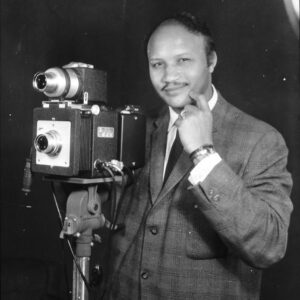 Geleve Grice
Geleve Grice
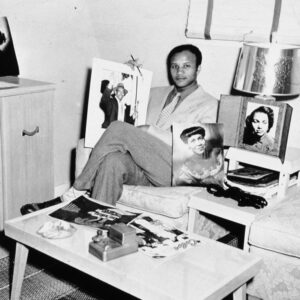 Geleve Grice in Studio
Geleve Grice in Studio
 Grice Studio
Grice Studio
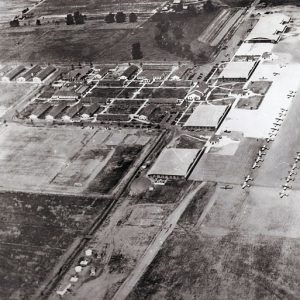 Grider Army Air Field
Grider Army Air Field
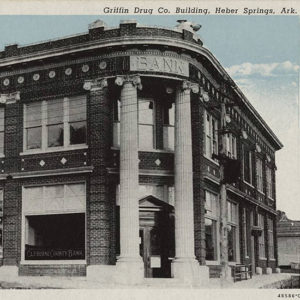 Griffin Drug
Griffin Drug
Griswold, Nathaniel Robadeau (Nat)
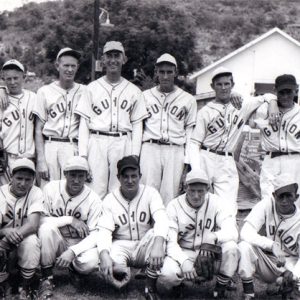 Guion Baseball Team
Guion Baseball Team
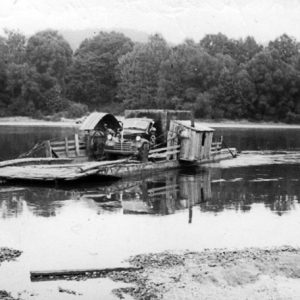 Guion Ferry
Guion Ferry
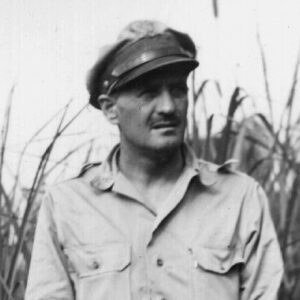 Paul "Pappy" Gunn
Paul "Pappy" Gunn
Gunn, Paul Irving “Pappy”
Gustave B. Kleinschmidt House
Guthridge, Amis Robert
 Francis Gwaltney
Francis Gwaltney
Gwaltney, Francis Irby
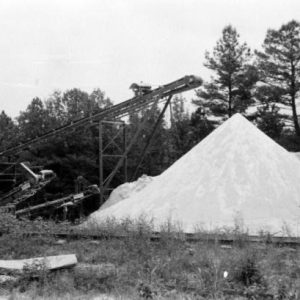 Gypsum Mining
Gypsum Mining




